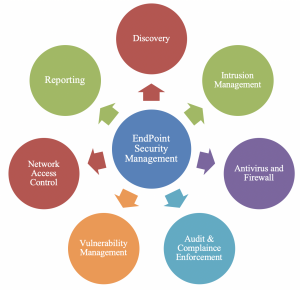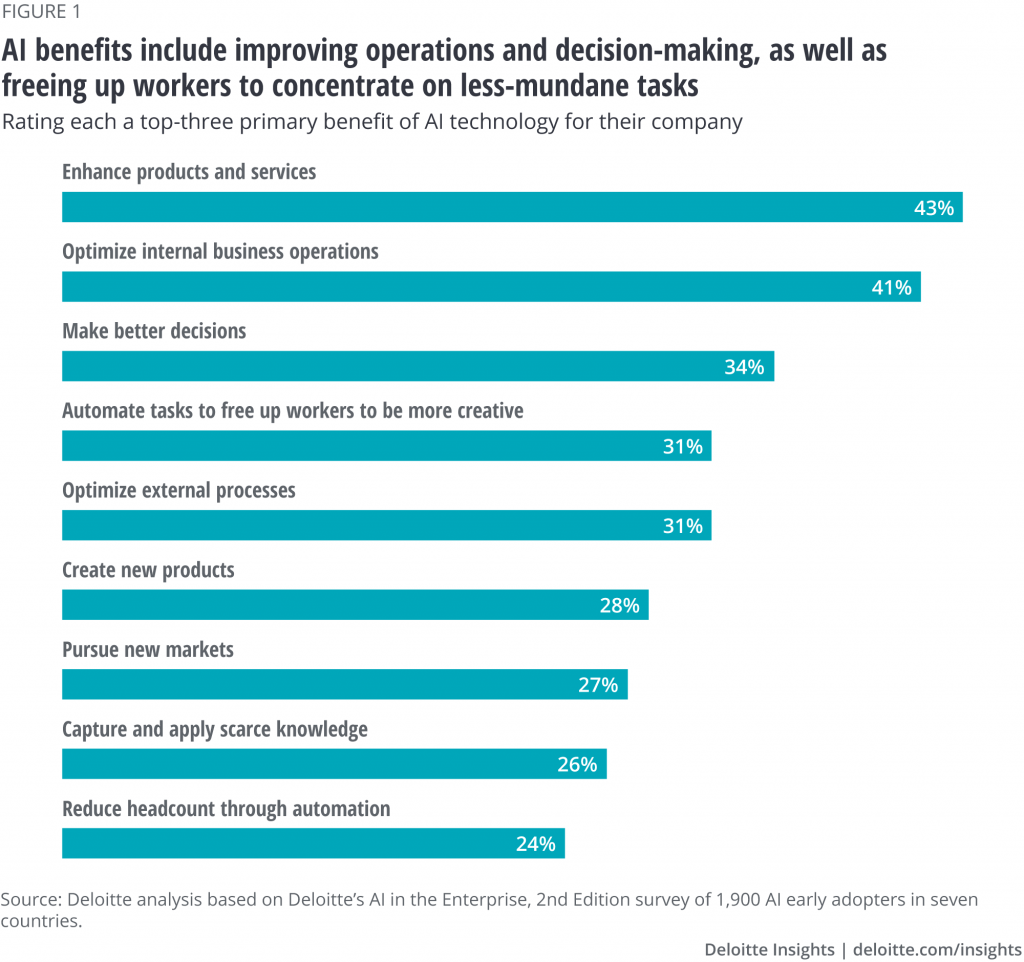Adapting your business digital strategies in 2024 with more AI
AI is revolutionizing the way businesses operate in today’s digital age. 2023 was all about harnessing the power of artificial intelligence to drive corporate success. By integrating AI into their digital strategies, companies could unlock a multitude of benefits that help them stay ahead of the competition and drive success, even in uncertain times. From e-commerce giants to small online startups, it became an integral part of businesses across industries. So, if you want your business to thrive in 2024 and beyond, it’s time to adapt your digital strategies and embrace the AI revolution.
AI refers to the development of computer systems that can perform tasks that typically require human intelligence. These intelligent machines have the power to analyze vast amounts of data, learn from patterns and trends, and make informed decisions. One key role of AI in business is automation. With its ability to handle repetitive and mundane tasks, AI frees up valuable time for employees to focus on more strategic initiatives. From customer service chatbots providing instant assistance to automated inventory management systems optimizing supply chains, AI streamlines operations and boosts efficiency.
Another vital aspect is predictive analytics powered by ML algorithms. By analyzing historical data, AI systems can identify patterns and predict future outcomes with remarkable accuracy. This allows businesses to make data-driven decisions, optimize marketing campaigns based on consumer behavior analysis, personalize user experiences on e-commerce platforms, and even forecast demand for products or services.
Moreover, AI enables personalized recommendations tailored specifically for each customer. By understanding their preferences through behavioral analysis or purchase history examination, businesses can offer relevant product suggestions that enhance engagement and drive sales.
The role of AI extends beyond operational efficiency; it also revolutionizes decision-making processes within organizations. Through advanced algorithms and natural language processing capabilities, AI helps executives access real-time insights from multiple sources at lightning speed. This empowers them to make well-informed decisions swiftly – a competitive advantage in today’s fast-paced business environment.
Embracing the role of AI in your business strategies opens doors to endless possibilities for growth and innovation while improving operational efficiency across various departments. As we delve deeper into this exciting topic in this blog post, you’ll find practical examples from successful implementations around the globe!
Examples of Successful AI Integration in Businesses
AI integration has revolutionized various industries, enabling businesses to streamline their operations and enhance customer experiences.
In the retail sector, companies like Amazon have leveraged AI algorithms to personalize product recommendations for customers based on their browsing and purchase history. This not only improves customer satisfaction but also boosts sales by driving targeted marketing efforts.
AI-powered chatbots have become increasingly popular in the customer service industry. Companies such as Amazon, Bol, have implemented chatbots that can handle basic customer inquiries, reducing response times and improving efficiency.
The healthcare industry has also seen significant advancements with AI integration. For instance, IBM’s Watson Health platform utilizes AI technology to analyze vast amounts of medical data, assisting doctors in diagnosing diseases more accurately and efficiently.
In the manufacturing sector, companies like Tesla have embraced AI-driven automation systems to optimize production processes. These intelligent machines can monitor quality control, predict machinery maintenance needs, and increase overall productivity.
E-commerce giants like Alibaba are utilizing AI algorithms to analyze consumer behavior patterns and make real-time pricing adjustments accordingly. This allows them to offer personalized promotions tailored specifically to individual customers’ preferences.
These examples demonstrate how successful implementation of AI technologies can drive growth, improve operational efficiency, enhance customer experiences, and ultimately lead businesses toward success in today’s digital age.
How to Prepare Your Business for the Inevitable Shift towards AI
As technology continues to advance at a rapid pace, it’s becoming increasingly clear that AI will continue to play a crucial role in shaping the future of businesses. To stay ahead in this digital age, companies need to start preparing themselves for the inevitable shift towards AI.
One way to prepare your business for this shift is by investing in AI-powered tools and software. These tools can help automate repetitive tasks, analyze large amounts of data, and provide valuable insights that can inform decision-making processes. By leveraging these capabilities, businesses can optimize their operations and improve overall efficiency.
Another important aspect of preparing your business for AI is upskilling your workforce. As AI becomes more prevalent in the workplace, employees will need to acquire new skills and adapt to working alongside intelligent machines. Providing training programs and educational resources can help employees embrace AI technology and use it effectively within their roles.
Additionally, businesses should also focus on building a strong data infrastructure. With AI relying heavily on data analysis, having clean and reliable data sets is essential for accurate predictions and insights. Implementing robust data management systems can ensure that you have access to high-quality data that fuels your AI initiatives.
Furthermore, fostering an innovative culture within your organization can greatly facilitate the adoption of AI technologies. Encouraging experimentation with new ideas and providing avenues for collaboration between different teams can lead to breakthroughs in implementing AI solutions tailored specifically to your business needs.
Staying informed about industry trends related to AI is vital for any business looking to thrive in the digital landscape. Keeping abreast of advancements in machine learning algorithms or emerging applications of AI can give you a competitive edge over others who may be slower to adopt these technologies.
Therefore, businesses must recognize the transformative power of AI as they plan their strategies moving forward into 2024 and beyond. By taking proactive steps such as investing in AI tools, upskilling employees, focusing on data infrastructure, fostering innovation, and staying informed about AI trends, businesses can position themselves in a powerful position.


